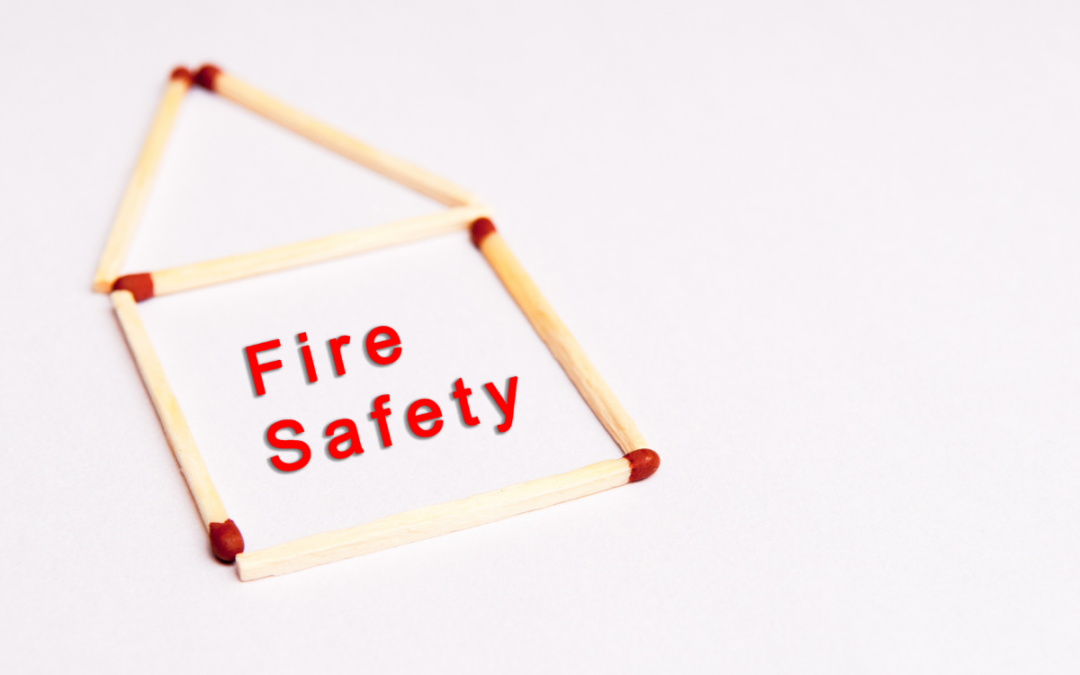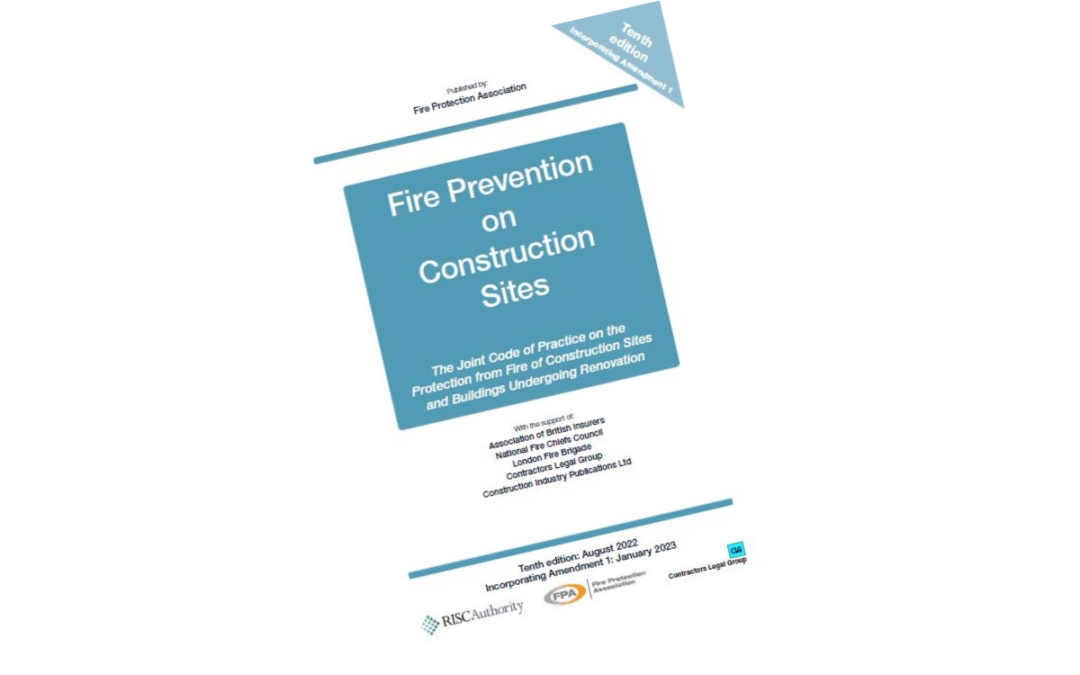
Fire safety awareness in construction and the built environment
To help improve standards, CITB in consultation with the industry, has been developing two new online fire safety courses to help improve awareness of fire safety in the workplace. Specifically developed for people working in the construction industry the course aim to provide detailed information on how to keep safe at work.
Fire Safety Awareness in Construction and the Built Environment – is available now as a FREE eCourse:
- Suitable for workers of all levels and occupations
- Basic fire safety awareness in construction and the built environment
Fire Safety in Buildings – available in the summer:
- Course created in collaboration with Working Group 2 and Build UK and FIS
- Higher level than first course, providing industry a greater level of knowledge of fire safety in buildings, following the construction stage
- Focuses on key topics such as how legislation and regulations have changed since the Grenfell tragedy





